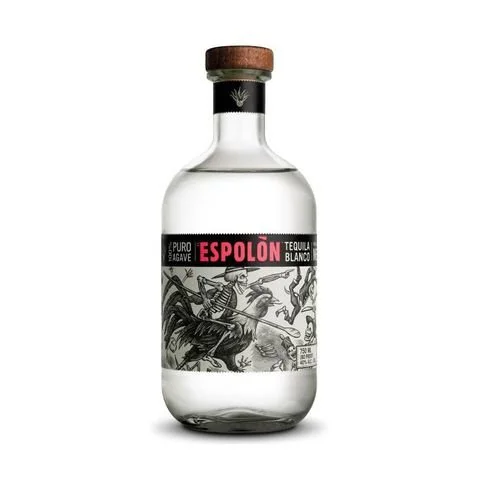Beskar : Wootz Steel, the Mandalorian’s Beskar Steel, has an Earthly counterpart.
Wootz Steel, the Mandalorian’s Beskar Steel, has an Earthly counterpart
As a huge Disney fan, I’ve been looking forward to the launch of Disney+ for a long time. Along with great musicals and vintage animated shorts, the portal also includes the Marvel Cinematic Universe and, of course, the whole Star Wars back catalogue.
The Mandalorian and any Baby Yoda meme I could get my hands on were the first things I consumed when it was released on March 24, 2020, which coincided neatly with the commencement of the UK’s COVID-19 ‘lockdown.’
The Mandalorian is a new Star Wars series set five years after the original (and, let’s face it, best) trilogy ended and two and a half decades before The Force Awakens began the current and last trilogy of the Skywalker saga.
Din Djarin is a bounty hunter from Mandalore, and he wears the same costume as Boba Fett.
Despite the fact that they had the same job title, Fett Junior was not a Mandalorian.
Instead, he is a Jango Fett clone who did not grow up on Mandalore, demonstrating that the Mandalorian way of life is a culture, not a species, race, or religion.
The series delves deeper into this culture, with the famed armour playing a key role.
Djarin is paid with Beskar steel bars for assignments in The Mandalorian.
A Mandalorian’s armour is made from this precious substance, which is manufactured by trained armourers who know how to work with it.
Are there any materials that are similar to those we’ve seen in a galaxy closer to home? Let’s take a deeper look at Beskar steel’s material properties.
Cast ingots of Beskar steel are used. The Imperial shield of Palpatine’s empire is stamped on the drab, slate grey bars of Beskar steel, which have wavey ridges and patterns on the surface.
Beskar armour is highly sought after since it is a tough material that can survive blaster rounds and lightsaber blows.
As a result, it must be light enough to be worn for extended periods of time. We know that the material can be melted and cast into shapes in a hot furnace. Heat and hammering can be used to manipulate it.
It is flexible enough to be formed into panels in a thin, heated form, making it an excellent choice for armour.
Paneled plate armour has been used for thousands of years, but the full suit of armour dates from the late Middle Ages.
Steel, an iron-carbon alloy, was widely utilised because it is easily forged, hammered, moulded, and cut.
It’s also harder and less brittle than iron, because to the carbon’impurities’ in the steel, which prevent the iron atoms from moving past each other, resulting in a tougher, less brittle substance.
Beskar appears to have similar properties, thus we can assume it is a metal, and more specifically, a type of steel, as its name suggests.
Armor must be both light and powerful. Unfortunately, not enough research has been done on lightsabers on Earth, so it’s difficult to say how resistant conventional steel would be against such a space blade.
However, steel can be engineered to be blaster-proof. For example, stainless steel, which is an alloy of iron, carbon, and chromium, does not easily catch fire, which is useful for us here on Earth since we cook our food in stainless steel pots.
As a result, Beskar steel should be able to survive blaster fire as well, especially because blasters emit cooler yellow flames.
The patterning on each ingot is the best indicator of whether there is a substance similar to Beskar steel present on Earth.
These waves and ridges of alternating light and dark colours are a characteristic of a real substance, similar to Beskar steel, that is noted for its strong, light properties. Wootz steel comes from south India and Sri Lanka and has a high carbon content.
It’s made by heating iron ore to a high temperature while surrounded by carbon-rich plants like bamboo.
The resulting smoky fire assures that the steel manufactured this way has a high iron carbide concentration.
Though iron carbide is a brittle substance, it ensures that Wootz steel blades remain sharp when it is included into the bulk of the steel.
The nanotechnology imparted by the burnt bamboo and other plant debris ensures that this steel is stronger and lighter than any other.
Sooty flames produce tiny nanoscopic carbon structures such as straw-like carbon nanotubes and football-shaped fullerenes.
These nanostructures are both extremely strong and extremely light.
They make the steel even stronger by embedding themselves within it, lowering the steel’s brittleness even more while adding no mass.
Damascus steel blades were also made from Wootz steel ingots, which were supposed to be impervious to shattering.
However, Damascus steel and Wootz steel both have wavy patterns that are extremely similar to Beskar steel.
These patterns are created in Wootz and Damascus steel by bending and manipulating the steel such that the iron carbide layers line up and create elaborate patterns.
Though contemporary processes allow metallurgists to make a variety of unique and elaborate designs, these patterns were once considered a signature.
Despite the fact that the events of the Star Wars universe occurred a long time ago in a galaxy far, far away, science appears to corroborate that Beskar steel exists in our time as well.
Now, if only those lightsabers could arrive sooner, it would make my lockdown gardening so much simpler…
- Read Also :
- King Richard Movie Reviews
- 5 MOST anticipated Indian movies
- House of Gucci Movie
- Diljit Dosanjh Biography
- The Night House Movie Review











































